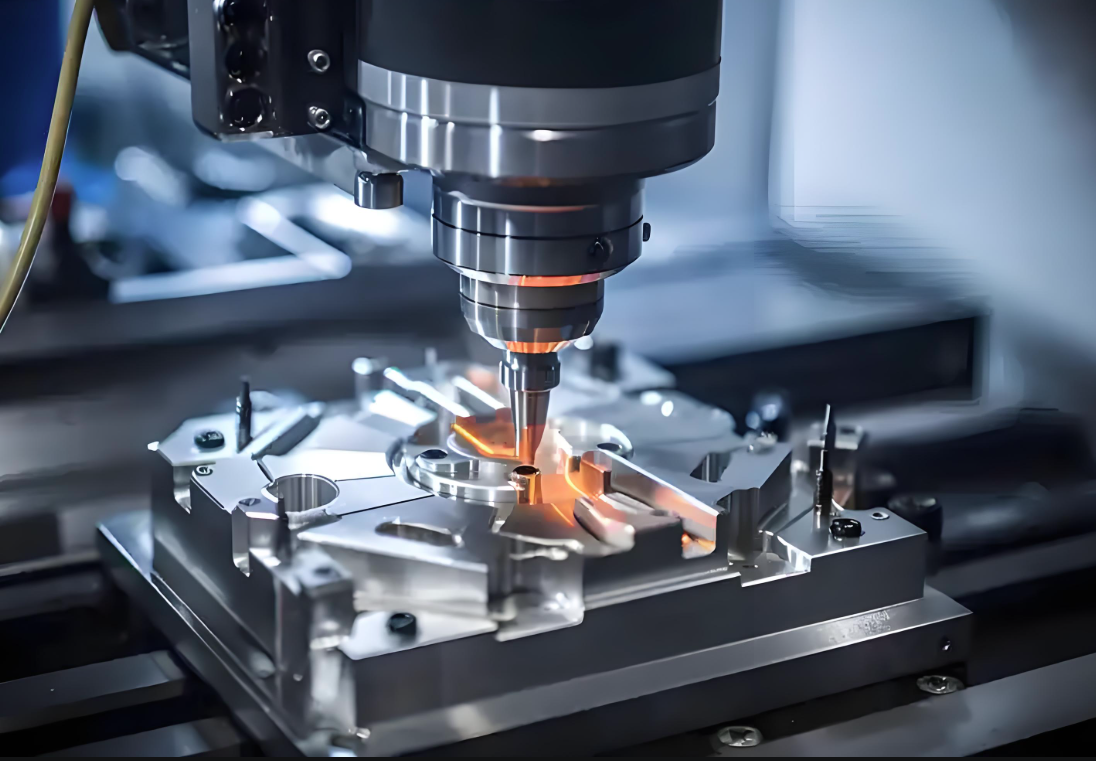Our know-how is key for the production of high quality products. Today, engineer would like to share some information about how to improve the precision of machining parts.
- Optimize Machine Tools
- Machine Tool Calibration: Regularly calibrate the machine tool to ensure its accuracy. This includes checking and adjusting the geometric accuracy of the machine, such as the straightness of the axes (X, Y, Z), perpendicularity between axes, and the accuracy of the spindle rotation. For example, using a laser interferometer to measure and correct the linear displacement error of the axes can significantly improve the machining accuracy.
- Upgrade Machine Tool Components: Replace or upgrade key components of the machine tool. High – precision ball screws can enhance the positioning accuracy of the axes. Using high – quality linear guides with low friction and high rigidity can reduce vibration and improve the smoothness of movement. Also, a high – precision spindle with better rotational accuracy can directly affect the roundness and cylindricity of the machined parts.
- Select Appropriate Cutting Tools
- Tool Geometry: Choose cutting tools with the correct geometry. The rake angle, clearance angle, and cutting edge radius play crucial roles. A proper rake angle can reduce cutting forces, and an appropriate clearance angle can prevent the tool from rubbing against the workpiece. For example, when machining hard materials, a smaller rake angle and a larger clearance angle may be needed to ensure the tool’s strength and good chip – removal ability.
- Tool Material: Select tool materials according to the workpiece material and machining requirements. Carbide tools have high hardness and wear – resistance, suitable for machining a wide range of materials. For high – speed machining of steel, polycrystalline cubic boron nitride (PCBN) or ceramic tools can provide better cutting performance and accuracy due to their excellent heat – resistance and wear – resistance.
- Tool Wear Monitoring and Replacement: Implement a tool – wear monitoring system. This can be through direct measurement of tool wear (such as using a tool – microscope to measure the wear of the cutting edge) or indirect methods like monitoring cutting forces, power consumption, or vibration. Timely replacement of worn – out tools is essential to maintain machining accuracy.
- Improve Machining Process
- Cutting Parameters Optimization: Determine the optimal cutting speed, feed rate, and depth of cut. These parameters affect the machining accuracy, surface roughness, and tool life. For example, in precision milling, a lower feed rate and an appropriate cutting speed can result in a better surface finish and dimensional accuracy. The use of advanced machining simulation software can help predict and optimize these parameters before actual machining.
- Work – holding and Fixturing: Ensure the workpiece is firmly and accurately clamped. Use precision – made fixtures that can provide consistent clamping force and accurate positioning of the workpiece. For example, a precision vise with high – accuracy jaws and a zero – point clamping system can reduce the error caused by workpiece displacement during machining.
- Multi – axis Machining: Utilize multi – axis machining techniques when appropriate. A 4 – axis or 5 – axis machining center can machine complex – shaped parts more accurately in a single setup, reducing the cumulative error caused by multiple setups in traditional 3 – axis machining. This is especially useful for parts with curved surfaces or holes at different angles.
- Quality Control and Inspection
- In – process Inspection: Conduct inspections during the machining process. Use on – machine measurement systems, such as touch – probe systems integrated with the machine tool’s control system. These probes can measure the dimensions of the part during machining and make real – time adjustments if deviations are detected. For example, in a turning process, the probe can measure the diameter of the workpiece and adjust the cutting tool’s position to correct any dimensional errors.
- Post – machining Inspection: After machining, use precision – measuring instruments such as coordinate – measuring machines (CMMs), micrometers, and surface – roughness testers for comprehensive inspection. CMMs can accurately measure the geometric dimensions and tolerances of the part in three – dimensional space. Analyze the inspection results to identify sources of error and take corrective measures for future machining operations.

